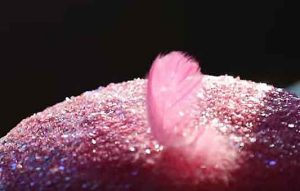
Decorative products
FDA wants you to be aware that some decorative products, glitters and dusts, promoted for use on foods may, in fact, contain materials that should not be eaten.
Many decorative glitters and dusts are sold over the Internet and in craft and bakery supply stores under names such as luster dust, disco dust, twinkle dust, sparkle dust, highlighter, shimmer powder, pearl dust, and petal dust.
Moreover, a variety of online instructional videos, blogs, and articles promote the use of these glitters and dusts to decorate foods such as cakes, cupcakes, and cake pops.
There are some glitters and dusts that are edible and produced specifically for use on foods.
These products are made from ingredients that may be safely eaten.
But others may not.
How to Tell Edible, From Non-Edible
There are easy things you can do to determine what’s edible and what’s non-edible:
Carefully check the label of any decorative product you’re considering for use in foods. Companies that make edible glitters and dusts are required by law to include a list of ingredients on the label.
Common ingredients in edible glitter or dust include sugar, acacia (gum arabic), maltodextrin, cornstarch, and color additives specifically approved for food use, including mica-based pearlescent pigments and FD&C colors such as FD&C Blue No. 1.
Most edible glitters and dusts also state “edible” on the label.
If the label simply says “non-toxic” or “for decorative purposes only” and does not include an ingredients list, you should not use the product directly on foods.
If you choose to decorate a food item with decorations that are not edible, be sure to remove the decorations before serving and eating the food.
Talk to Your Baker
Buying, not baking?
Talk to your bakery about the types of decorative products they use in their baked goods. Are they made with all edible ingredients?
When in doubt, ask to see the labels of the decorative products to ensure they are edible.
And be informed about the glitter and dust products sold on the Internet.
Ask the seller to provide ingredient information from the manufacturer before you buy.
For more information
U.S. Food and Drug Administration
Link…
MDN
This post is also available in:
 Italian
Italian


